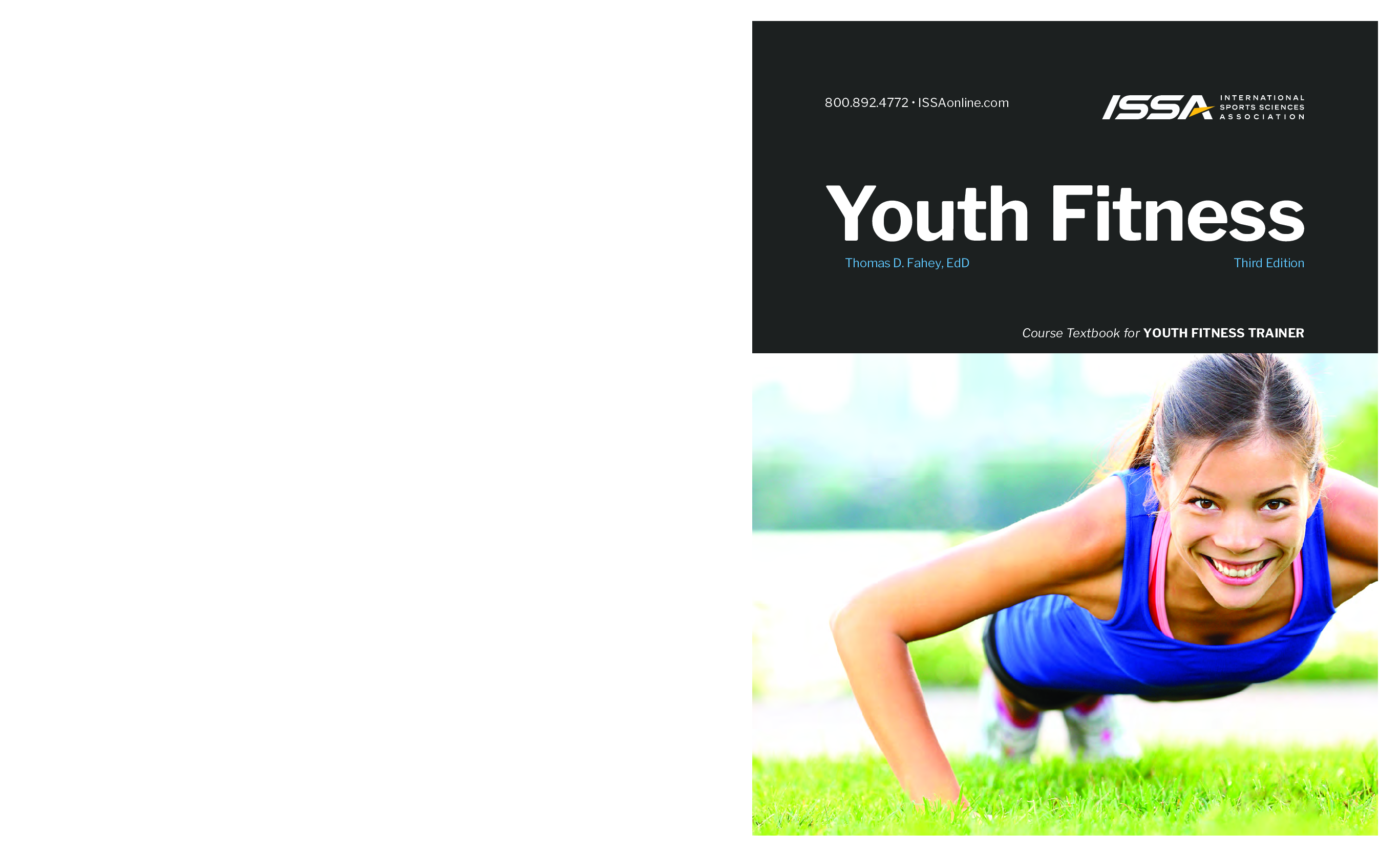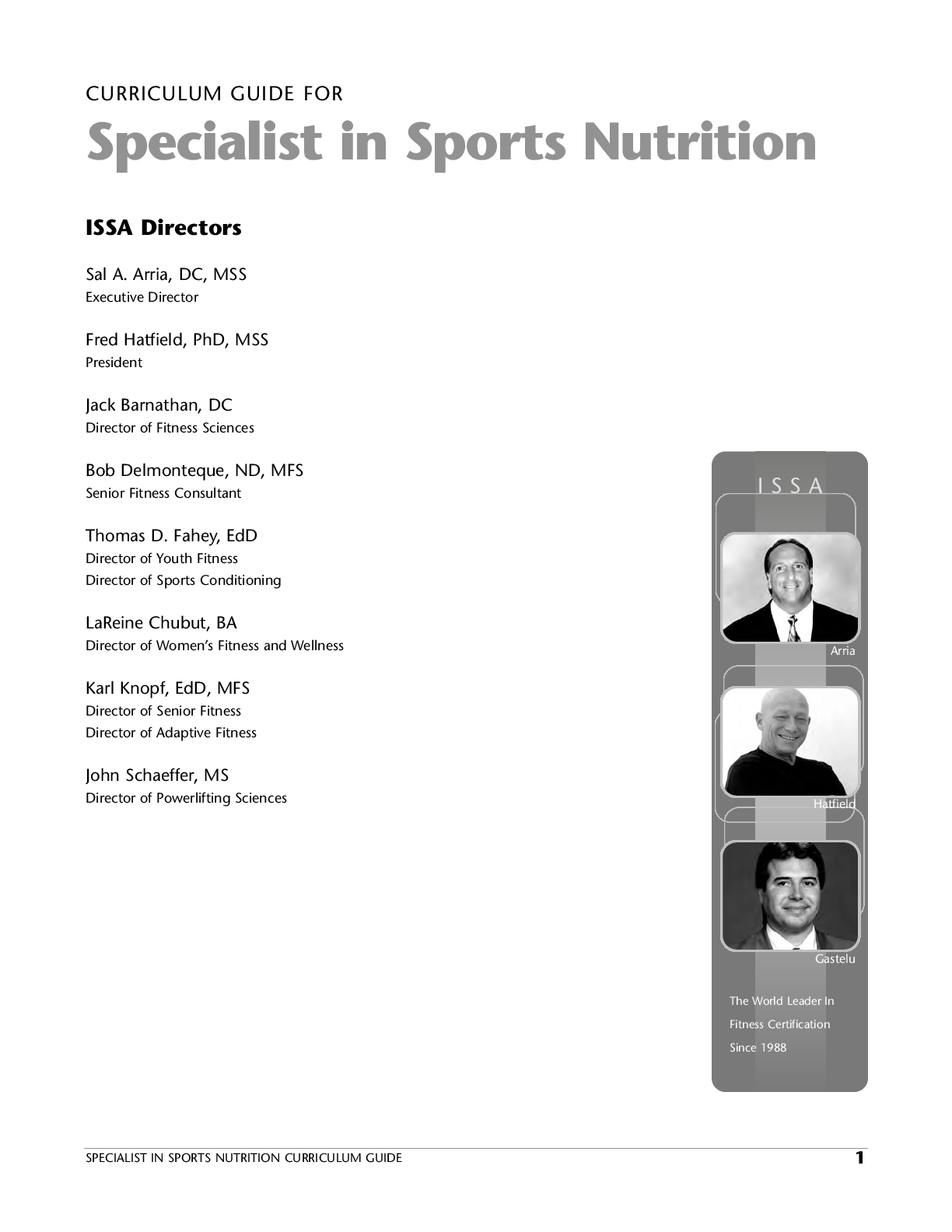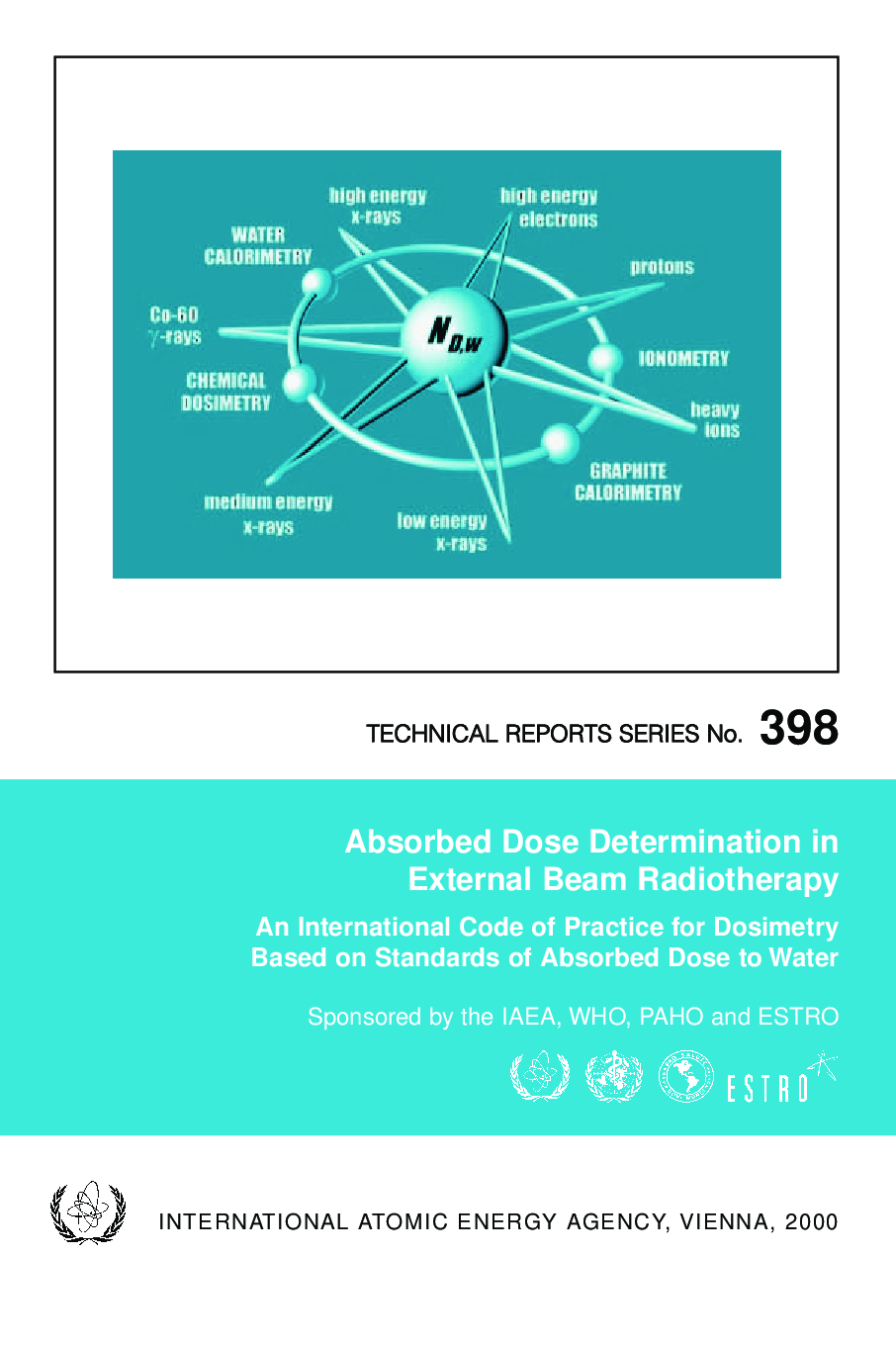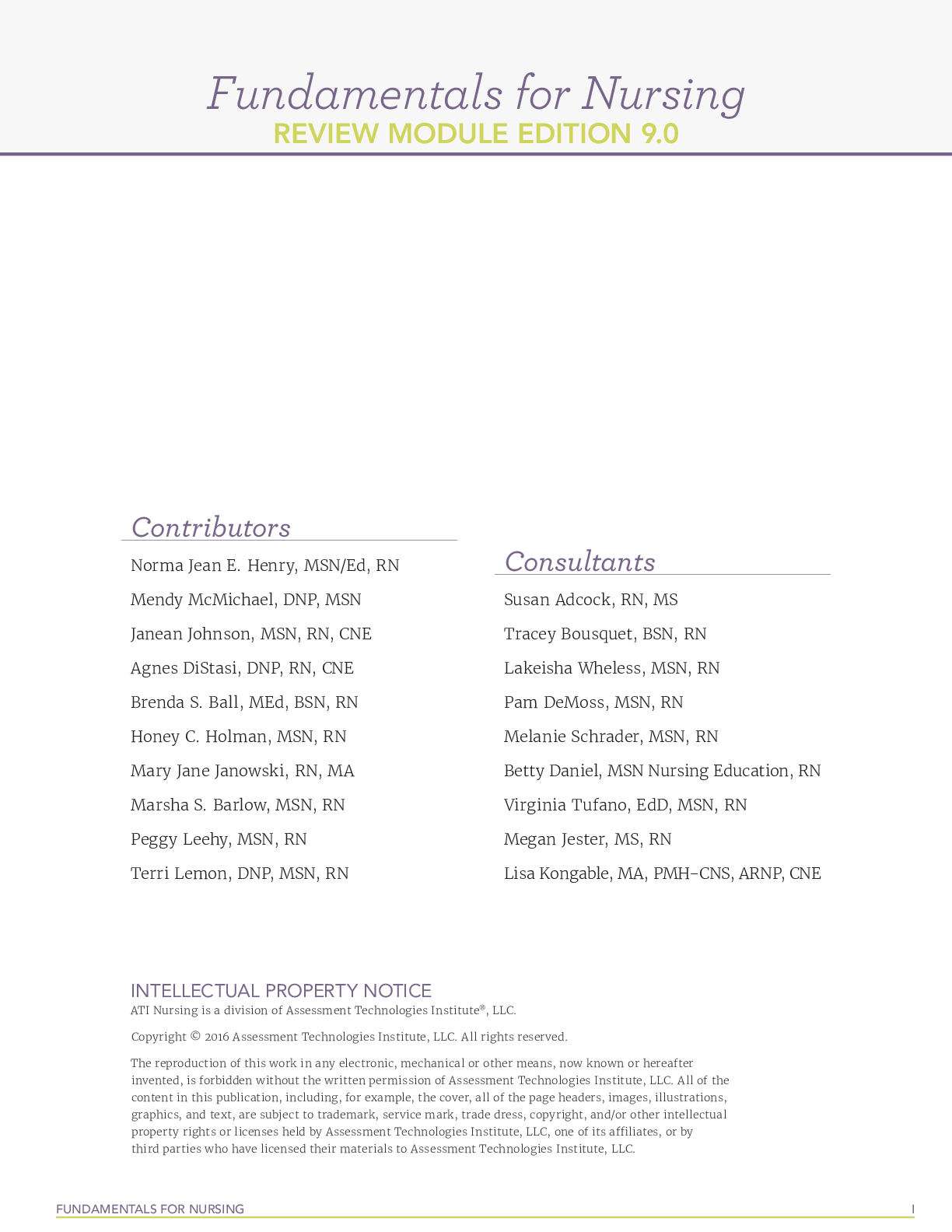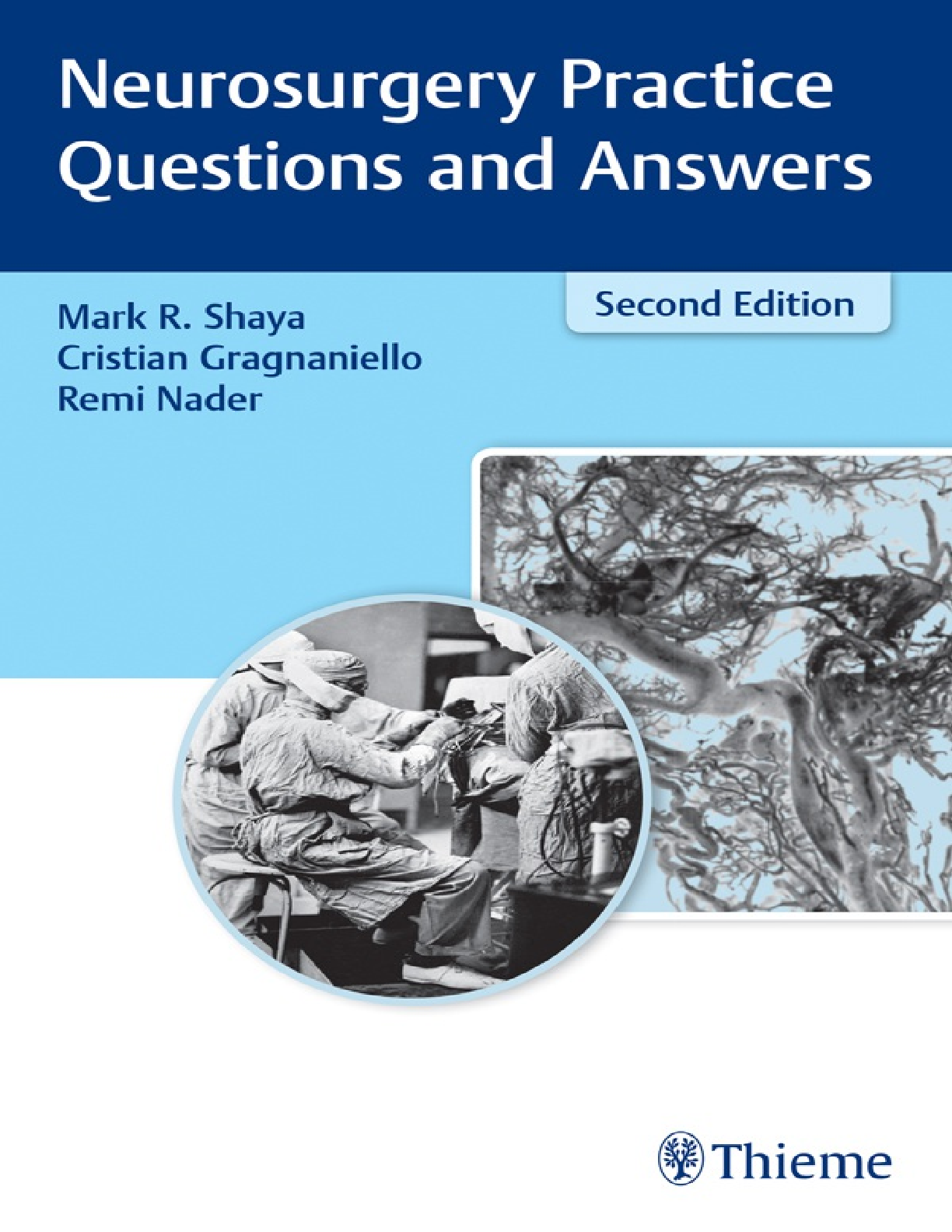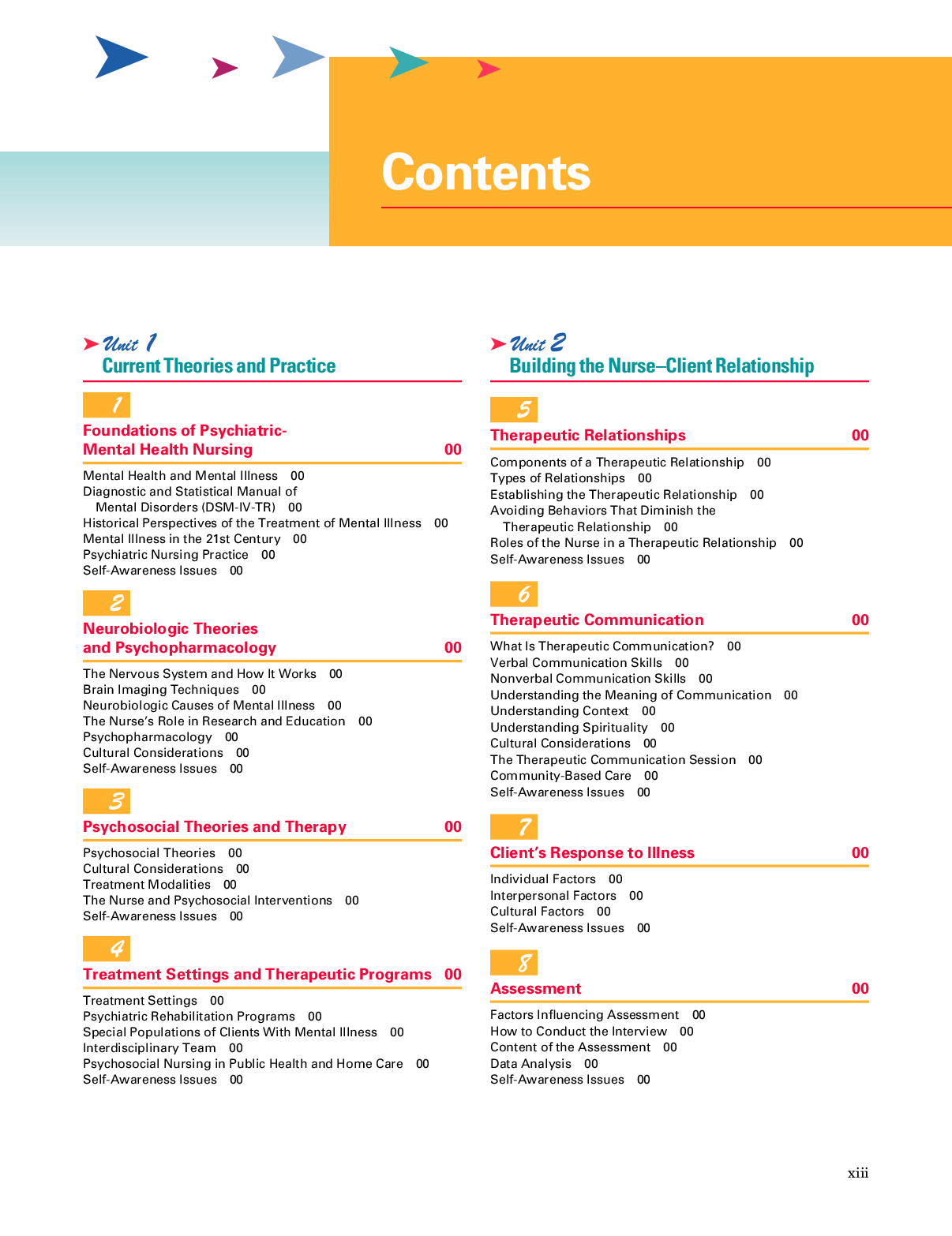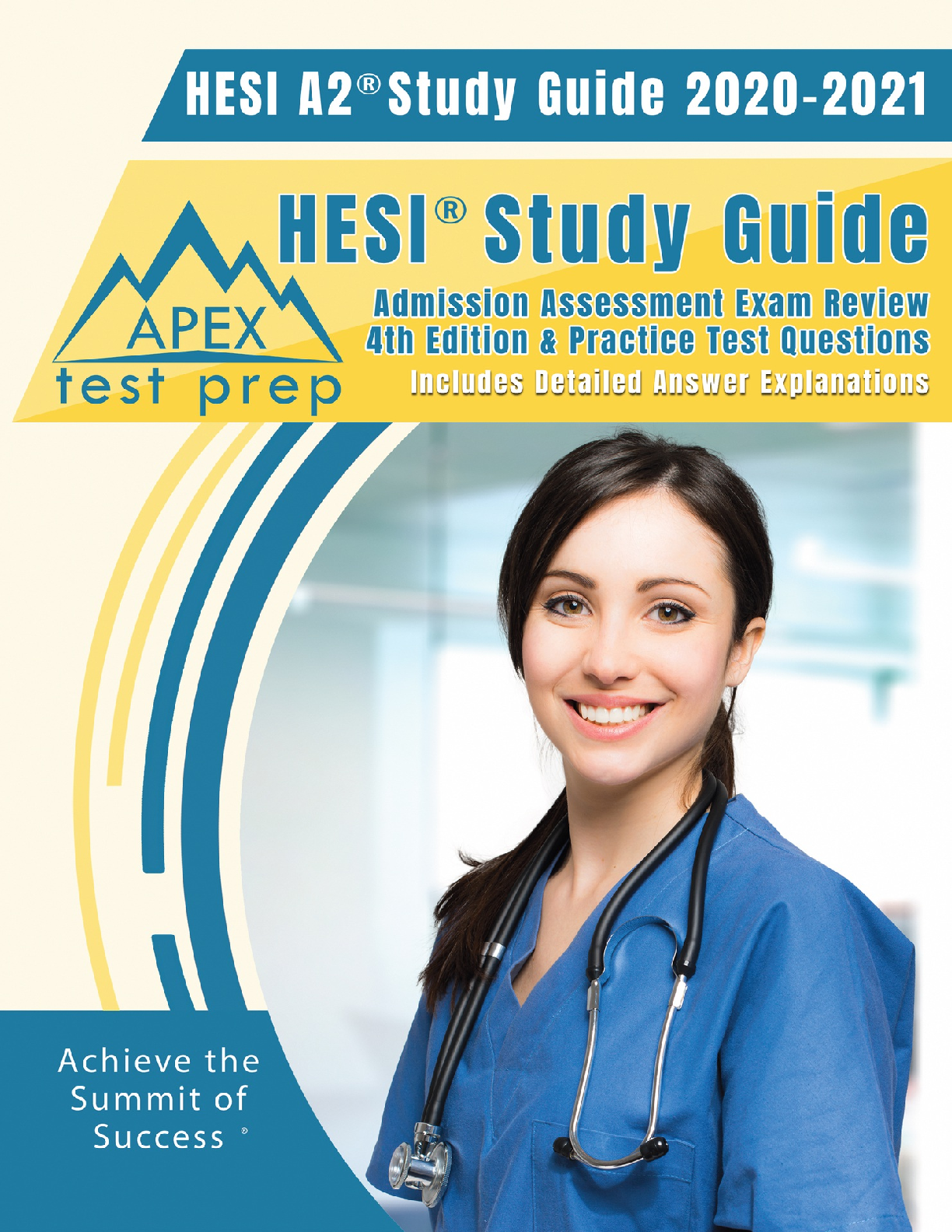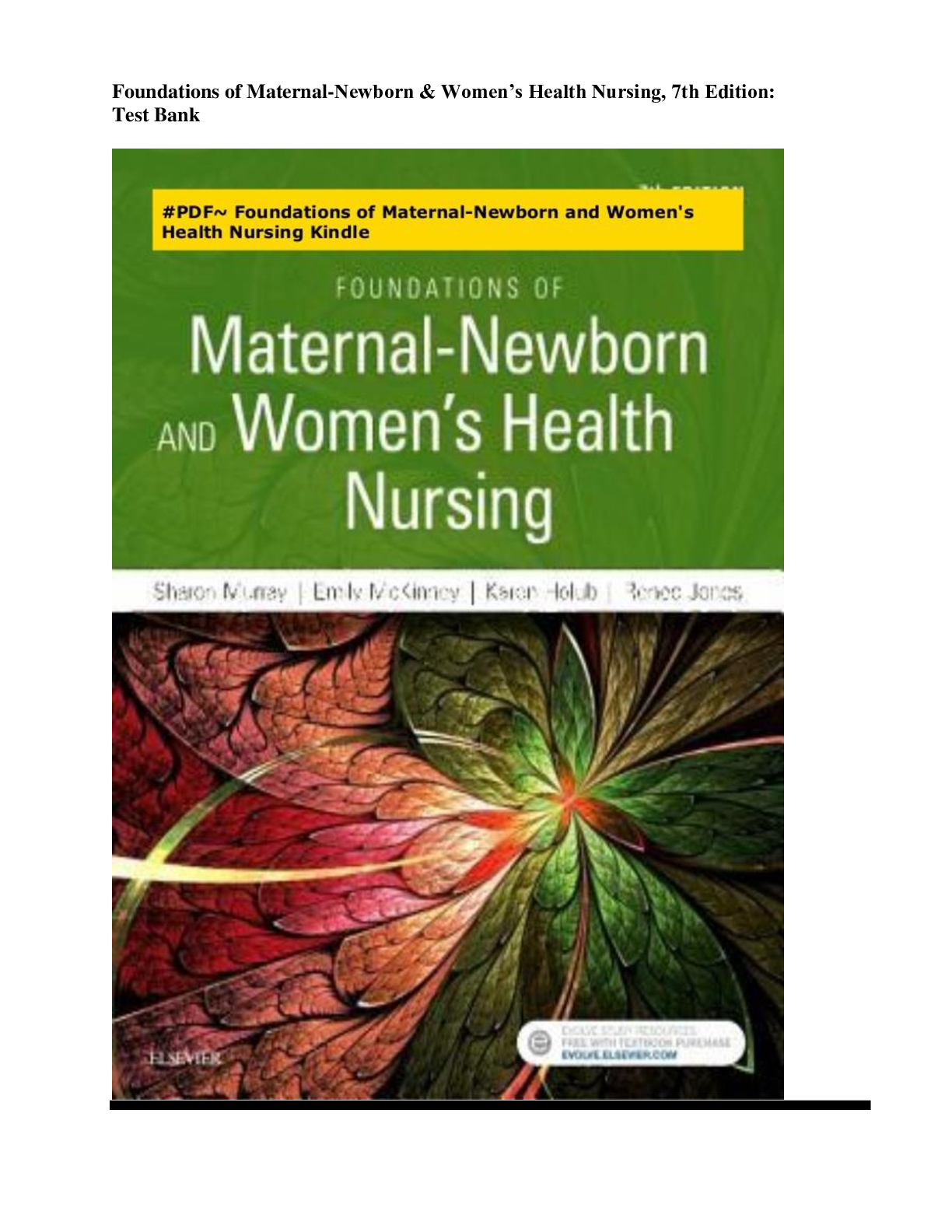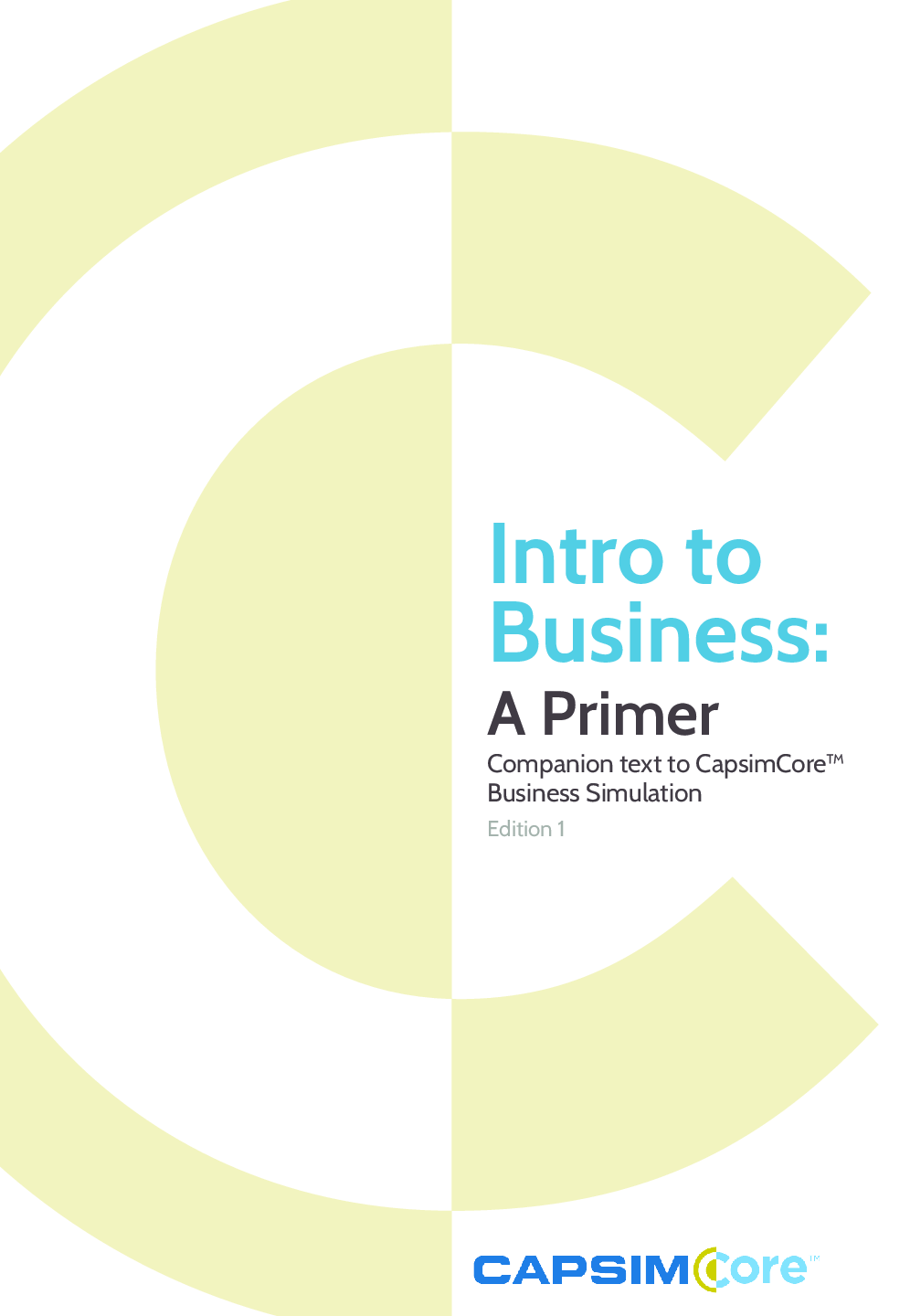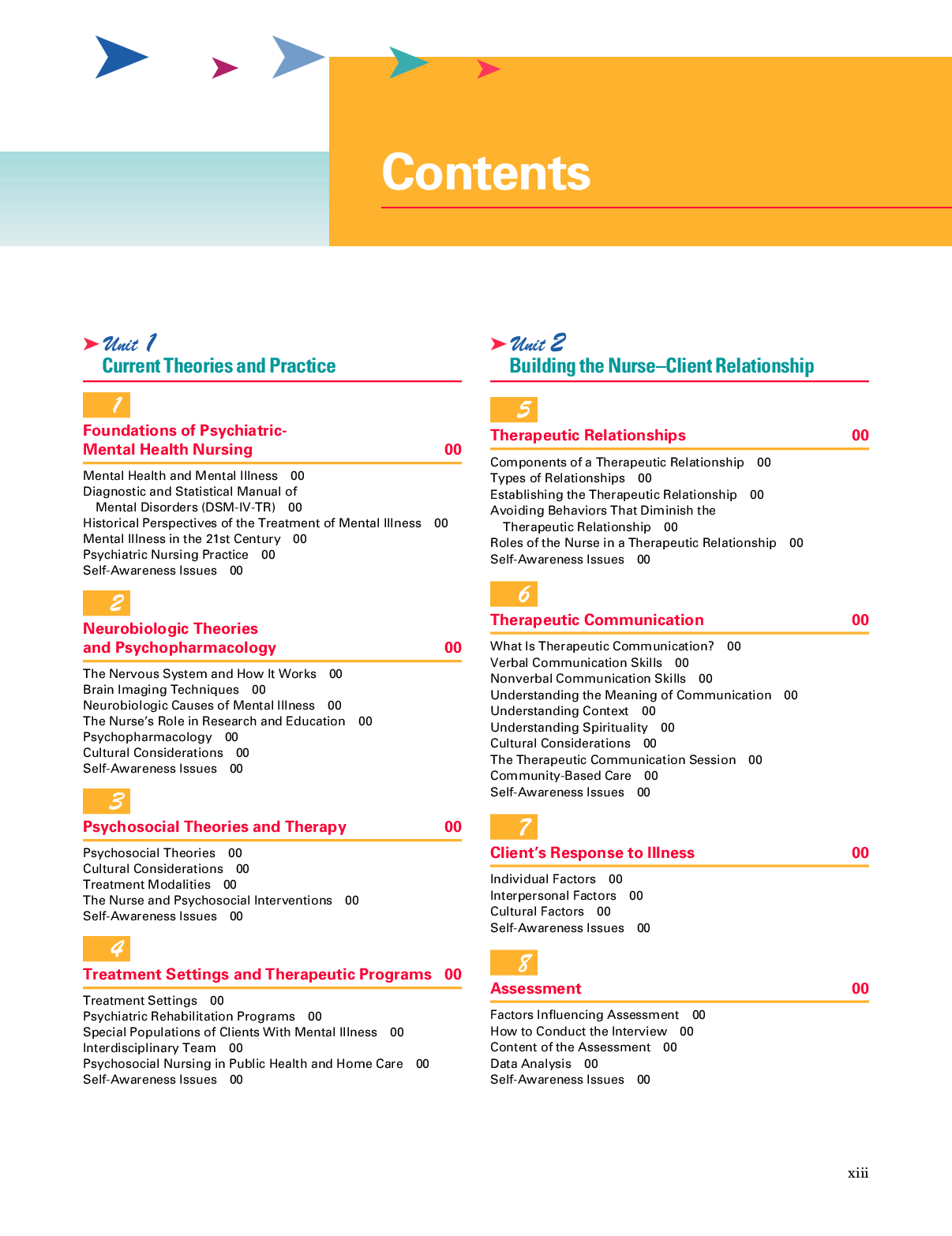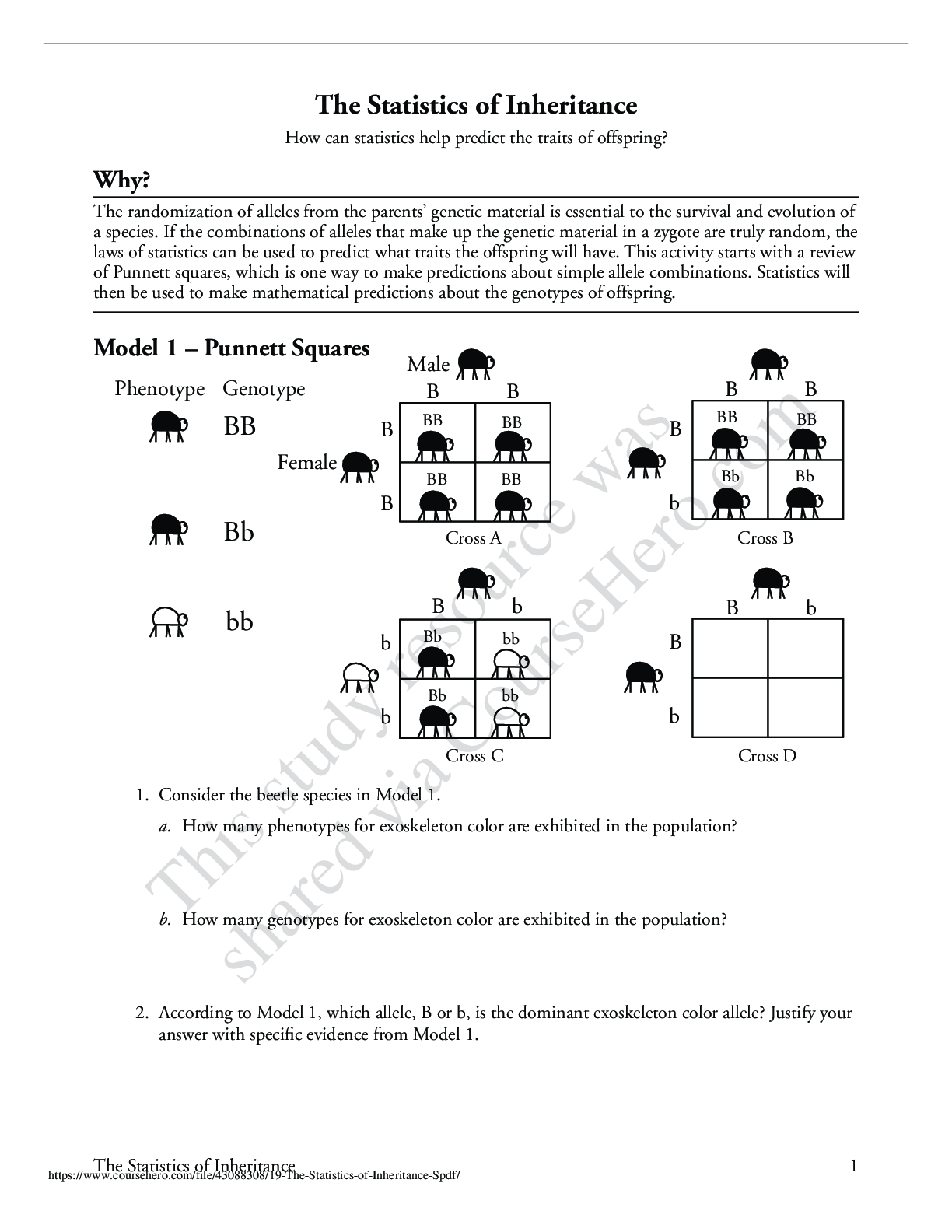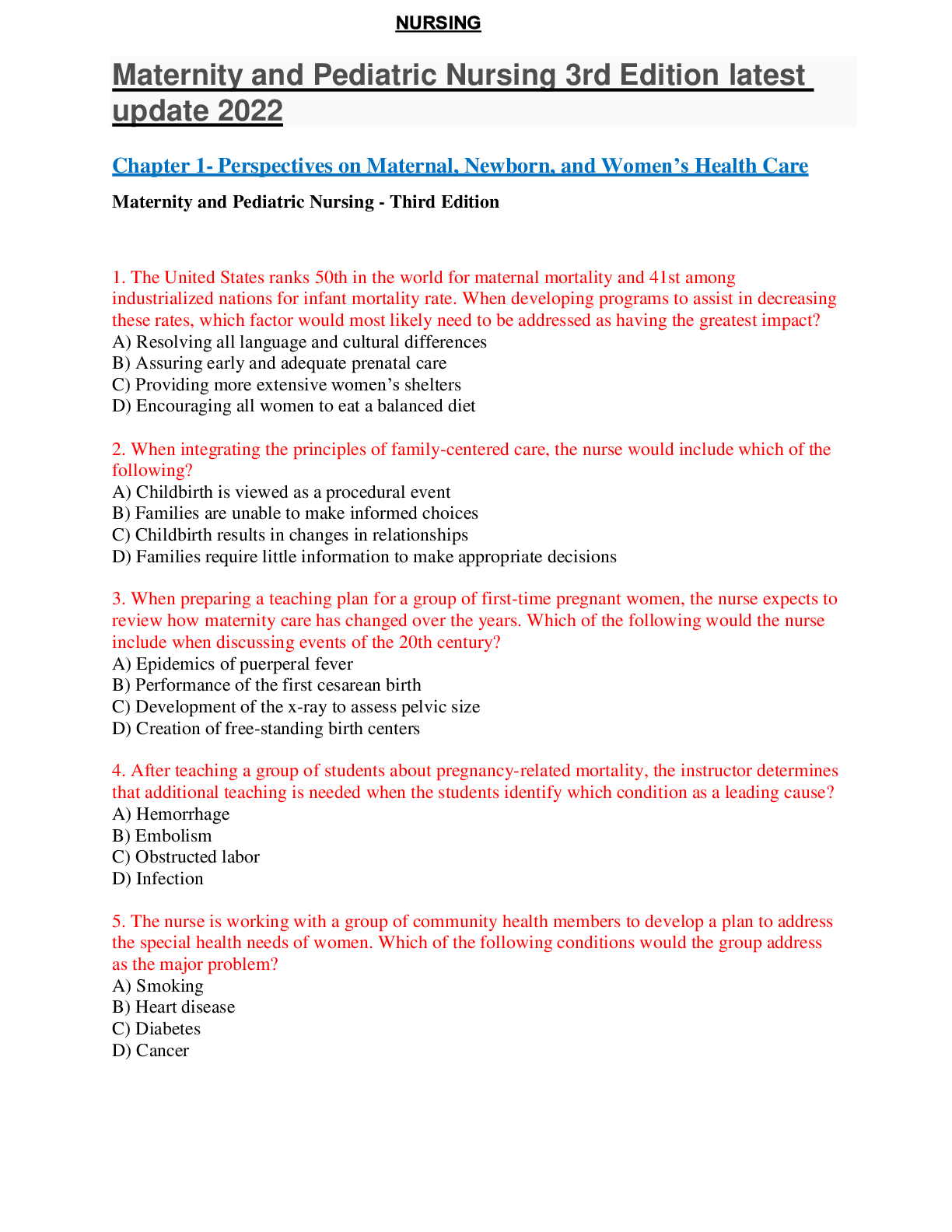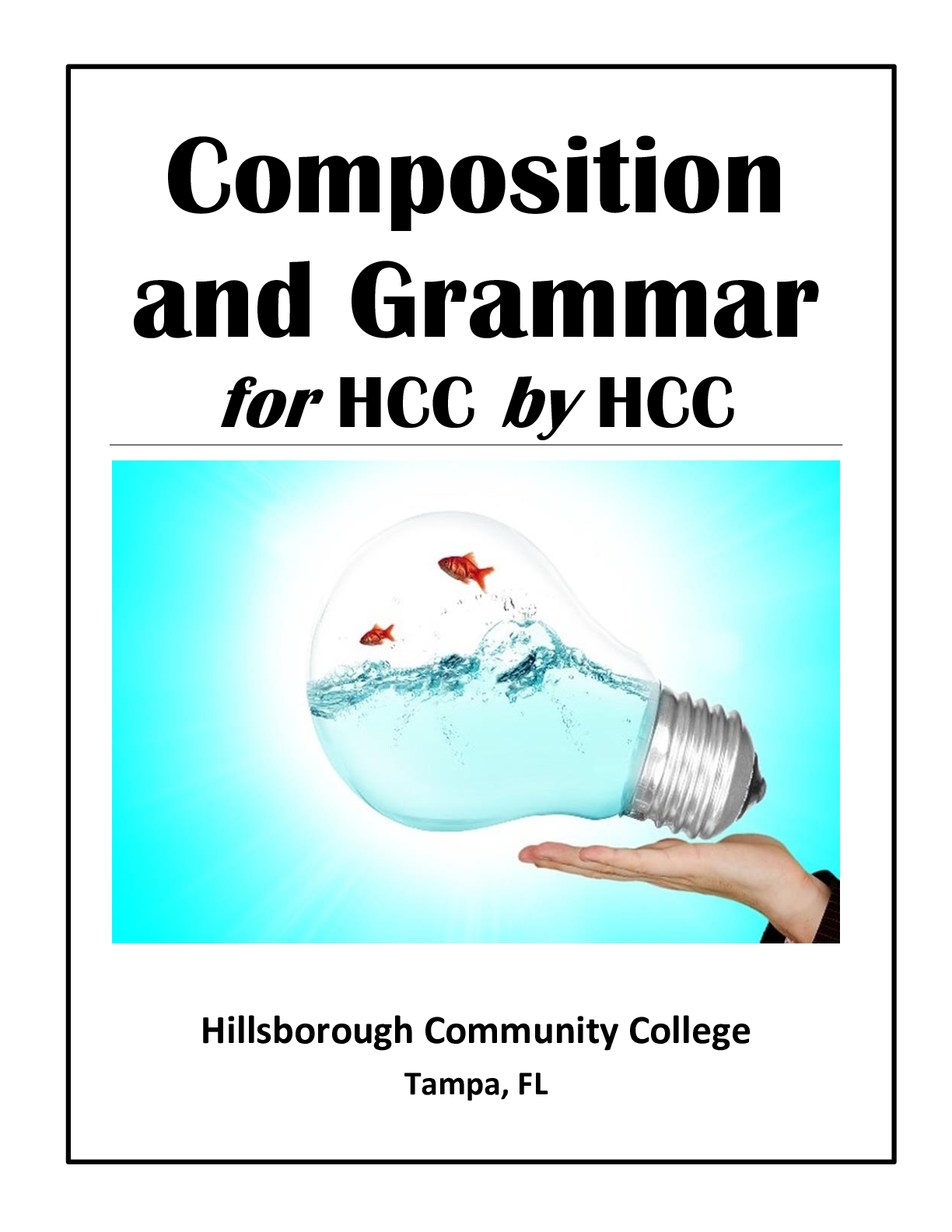*NURSING > Text Book Notes > Fitness: The Complete Guide (All)
Fitness: The Complete Guide
Document Content and Description Below
Fitness: The Complete Guide Fitness: The Complete Guide This text is informational only. The data and information contained herein are based upon information from various published and unpublishe... d sources that represents training, health, and nutrition literature and practice summarized by the author and publisher. The publisher of this text makes no warranties, expressed or implied, regarding the currency, completeness, or scientific accuracy of this information, nor does it warrant the fitness of the information for any particular purpose. The information is not intended for use in connection with the sale of any product. Any claims or presentations regarding any specific products or brand names are strictly the responsibility of the product owners or manufacturers. This summary of information from unpublished sources, books, research journals, and articles is not intended to replace the advice or attention of health care professionals. It is not intended to direct their behavior or replace their independent professional judgment. If you have a problem or concern with your health, or before you embark on any health, fitness, or sports training programs, seek clearance and guidance from a qualified health care professional.International Sports Sciences Association About the Author | iii ABOUT THE AUTHOR Frederick C. Hatfield, MSS, PhD, is co-founder and president of the ISSA. Dr. Hatfield, (aka “Dr. Squat”) won the World Championship three times in the sport of powerlifting and performed a competitive squat with 1014 pounds at a body weight of 255 pounds (more weight than anyone in history had ever lifted in competition). Dr. Hatfield’s former positions include an assistant professorship at the University of Wisconsin (Madison) and senior vice president and director of research and development for Weider Health and Fitness, Incorporated. Dr. Hatfield was honored by Southern Connecticut State University when they presented him with the 1991 Alumni Citation Award. He has written over 60 books (including several best-sellers) and hundreds of articles in the general areas of sports training, fitness, bodybuilding, and performance nutrition. He has been coach and training consultant for several world-ranked and professional athletes, sports governing bodies, and professional teams worldwide. Dr. Hatfield qualified for the 1998 World Championships in Olympic Lifting and competed in the Masters Division.TABLE OF CONTENTS Introduction, p. 1 SECTION ONE ANATOMY AND PHYSIOLOGY, p. 9 1 Metabolism, p. 11 2 Basic Anatomy and Physiology, p. 29 3 Musculoskeletal Anatomy and Physiology, p. 71 SECTION TWO KINESIOLOGY AND BIOMECHANICS, p. 113 4 Kinesiology of Exercise, p. 115 5 Biomechanics of Exercise, p. 131 6 Musculoskeletal Deviations, p. 149 7 Muscle Mechanics, p. 161International Sports Sciences Association SECTION THREE HEALTH AND PHYSICAL FITNESS, p. 181 8 Strength, p. 183 9 Cardiovascular Training, p. 301 10 Flexibility Training, p. 333 11 Body Composition, p. 359 SECTION FOUR PROGRAM DEVELOPMENT, p. 381 12 Drawing-In Phase, p. 383 13 Basic Assessment of Fitness Participants, p. 393 14 Training Principles, p. 415 15 Periodization, p. 459 16 Determining Training Loads, p. 477 SECTION FIVE NUTRITION, p. 495 17 The Big Picture of Nutrition, p. 497 18 Nutritional Physiology, p. 517 19 Nutritional Science, p. 545 20 Nutritional Coaching, p. 575 SECTION SIX FITNESS FOR ALL Topics in Fitness for Special Populations, p. 615 21 Exercise and Older Adults, p. 617 22 Exercise and Adaptive Fitness, p. 627 23 Exercise and Our Youth, p. 635 24 Exercise and Hypertension, p. 641 25 Exercise and Diabetes, p. 647 26 Exercise and Arthritis, p. 653 27 Exercise and Coronary Heart Disease, p. 659 28 Exercise and Pregnancy, p. 665 29 Exercise and Asthma, p. 671 30 Sports Medicine in the Trenches, p. 677 31 Basic First Aid, p. 715 References, p. 725 Glossary, p. 737 Index, p. 759INTRODUCTION TOPICS COVERED IN THIS UNIT Personal Training Who Wants Personal Training? What is a Personal Trainer? Why is Personal Training Necessary? What Should a Personal Trainer Know? ISSA Code of Ethics and Standards Principles and Purpose Academic Standards Professional Standards THE WHO, WHAT, WHY, AND HOW OF PERSONAL TRAINING2 | Introduction Fitness: The Complete Guide PERSONAL TRAINING Today’s fitness industry is a multibillion-dollar business. Personal training is its ever-growing offspring. The roots of personal training are difficult to pinpoint. Some credit its origin to be in the 1950s (when personal trainers were first actively certified), although one could contend that personal training dates back to the beginning of recorded history. While the profession and terminology associated with personal training were not yet in existence, the concept of optimal health (which is the motivation behind the profession) was already being touted by ancient philosophers. Around 400 BC, Hippocrates wrote this: “Eating alone will not keep a man well; he must also take exercise. For food and exercise, while possessing opposite qualities, yet work together to produce health … and it is necessary, as it appears, to discern the power of various exercises, both natural exercises and artificial, to know which of them tends to increase flesh and which to lessen it; and not only this, but also to proportion exercise to bulk of food, to the constitution of the patient, to the age of the individual.” Of all of the leaders of the United States, Theodore Roosevelt was one of the strongest presidents, both physically and mentally. However, he did not start that way. As a child, Roosevelt was small for his age and quite sickly. He had debilitating asthma, had poor eyesight, and was extremely thin. When he was 12 years old, his father told him, “You have the mind, but you have not the body, and without the help of the body, the mind cannot go as far as it should. You must make the body.”(Morris, 1979). Roosevelt began spending every day building his body as well as his mind. He worked out with weights, hiked, hunted, rowed, and boxed. History can attest: Theodore Roosevelt’s strength in mind and body contributed to his strength as the leader of his nation. Another great leader was U.S. President John Kennedy. Like Roosevelt, Kennedy acknowledged the benefits of physical activity for optimal health. He once said, “Physical fitness is not only one of the most important keys to a healthy body, it is the basis of dynamic and creative intellectual activity [Show More]
Last updated: 1 year ago
Preview 1 out of 634 pages
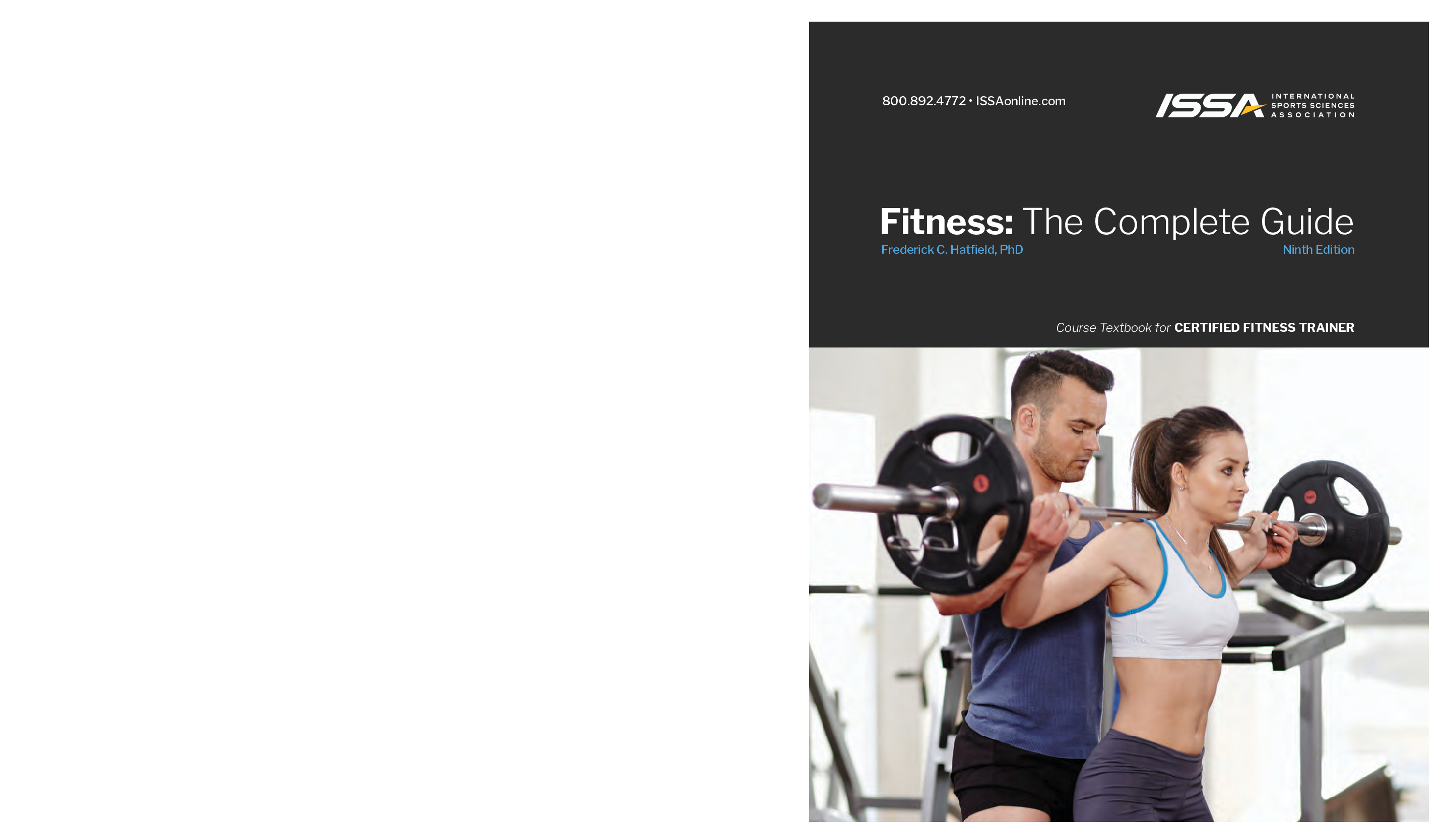
Reviews( 0 )
Document information
Connected school, study & course
About the document
Uploaded On
Feb 17, 2023
Number of pages
634
Written in
Additional information
This document has been written for:
Uploaded
Feb 17, 2023
Downloads
0
Views
51

